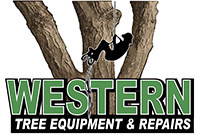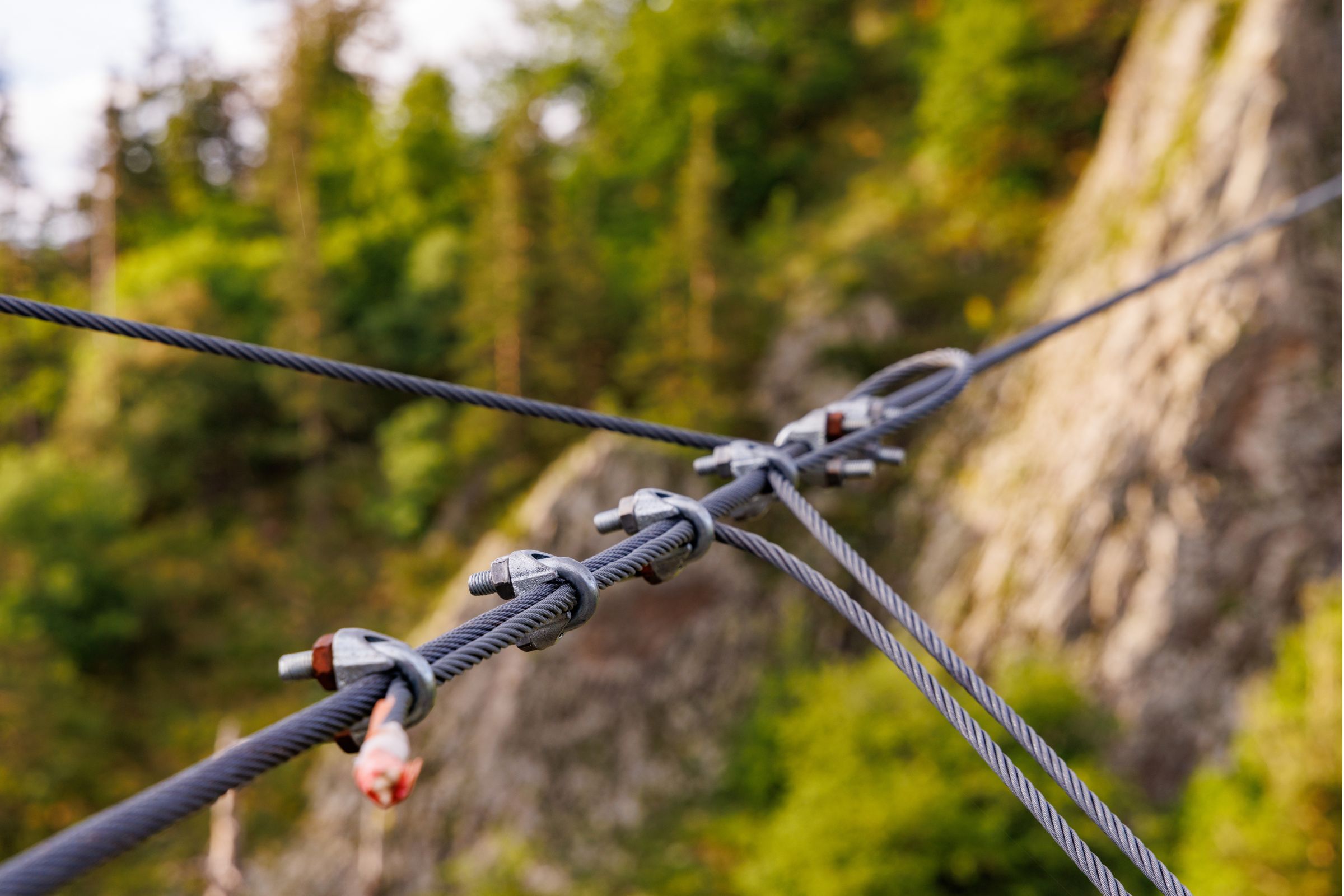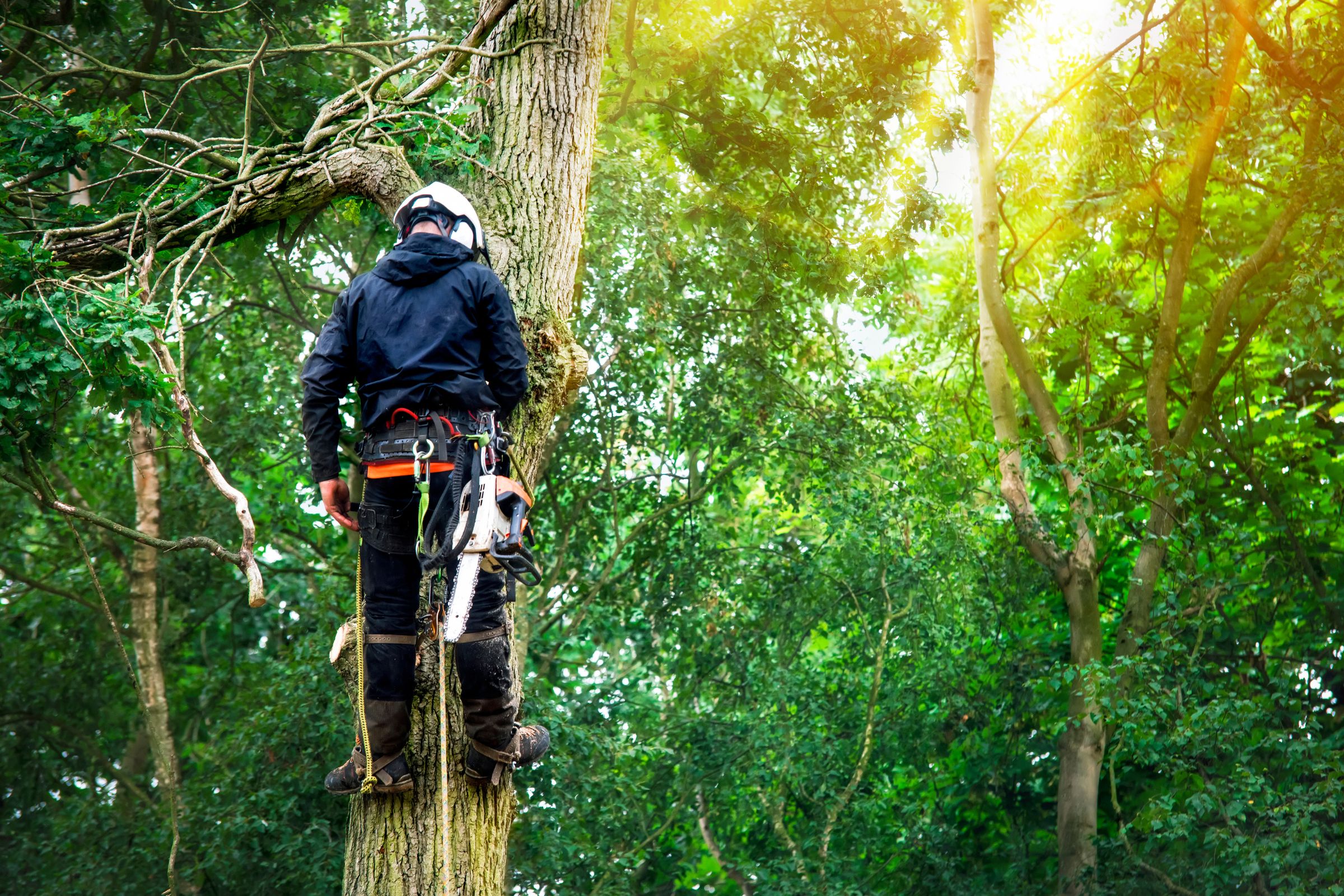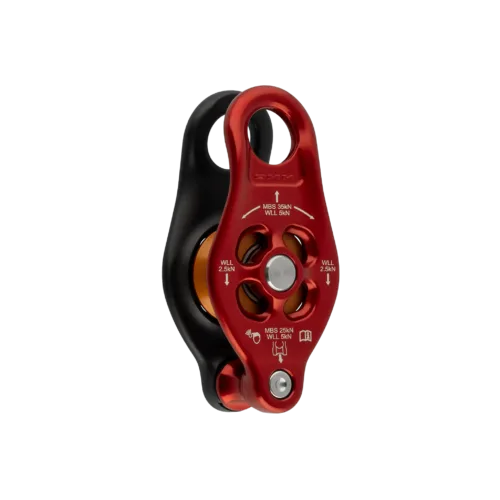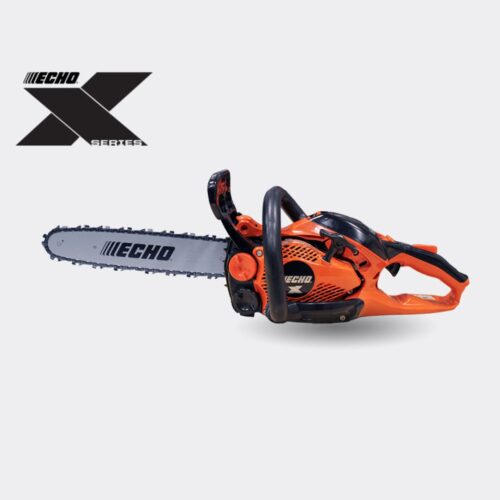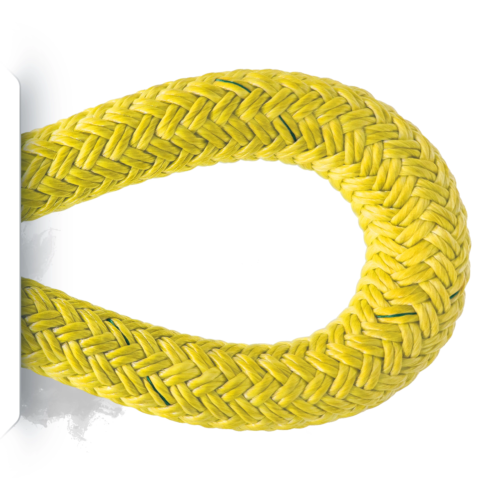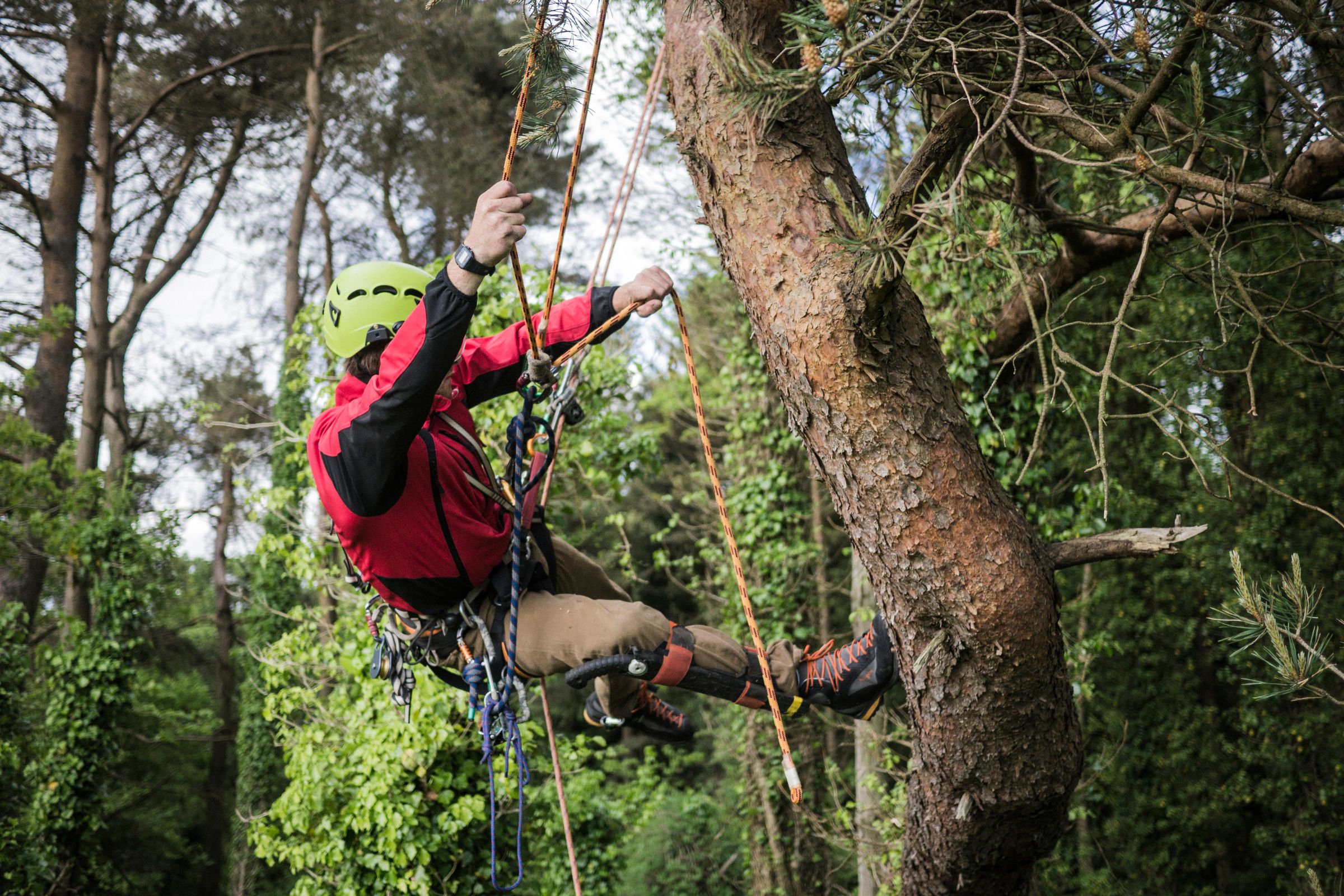
Whether you are a certified arborist or hobbyist tree climber, it’s crucial to use specialized arborist ropes for tree climbing, not ropes designed for rock climbing or caving. Rock climbing ropes, known for their elasticity to absorb falls, and caving ropes, characterized by their stiffness, are not suitable for arborist applications due to their inability to accommodate the specific knots used in tree climbing.
Choosing the Right Arborist Rope
Colors
Arborist ropes are available in various colors. While color selection is largely a matter of personal taste, there are practical considerations. Recreational climbers often prefer bright ropes for better visibility. Conversely, earth-toned ropes are subtler and draw less attention from observers on the ground. Professionals, however, opt for highly visible ropes to ensure both their visibility in trees and safety on the ground, preventing dangerous accidents with equipment like chainsaws or chippers.
Size and Weight
Arborist ropes vary in diameter, typically ranging from 10mm to 13mm. Thicker ropes, around 13mm, provide a better grip and durability but are heavier, making them less ideal for lengthy climbs. Lighter ropes, from 10mm to 11.6mm, though more challenging to grip directly, are favored for use with mechanical ascending devices by advanced climbers. They are often paired with latex-coated gloves to enhance grip.
Construction
The construction of arborist ropes is centered around two main weaves: braided and kernmantle. It’s advisable to choose ropes with at least a 16-strand construction and avoid twisted ropes, which can cause spinning during climbing. Arborist ropes need to be soft and flexible to effectively hold specialized climbing knots.
Sheath and Elasticity
Tree climbing generates significant rope friction, leading to wear. Arborist ropes are designed with a special outer sheath to resist this friction and prevent melting and fusing, which can stiffen the rope and degrade knot integrity. Moreover, unlike the elastic ‘dynamic’ ropes used in rock climbing, arborist ropes are ‘static’, minimizing stretch to conserve the climber’s energy.
Rope Ends
When purchasing arborist ropes, consider ropes with a spliced end (only one end should be spliced). Splices enhance the rope’s functionality by allowing the use of more advanced climbing techniques like the hitch pulley system or single rope technique. Splices come in various forms, including standard, tight-eye, and sewn loop, each offering different benefits and costs.
Rope Length and Maintenance
Length
The appropriate rope length is typically double the intended climbing height. For a 75-foot climb, a 150-foot rope is recommended. Climbers tackling shorter trees might opt for a 120-foot rope, but it’s wise to invest in longer lengths for future climbs.
Maintenance and Inspection
To ensure longevity and safety, arborist ropes require regular maintenance and inspection. They should be visually inspected and felt for damage before, during, and after each use. Any damaged sections should be immediately cut out to prevent further use. For those using their ropes daily in professional settings, it’s recommended to replace the rope annually in line with ANSI standards.
Shop Arborist Ropes on Western Tree Equipment and Repairs
Choosing the right arborist rope is essential for both safety and efficiency in tree climbing. By understanding the specific features and proper care of these ropes, climbers can ensure optimal performance and durability in their climbing equipment. Shop the wide selection of tree climbing ropes available online at Western Tree Equipment and Repairs.
